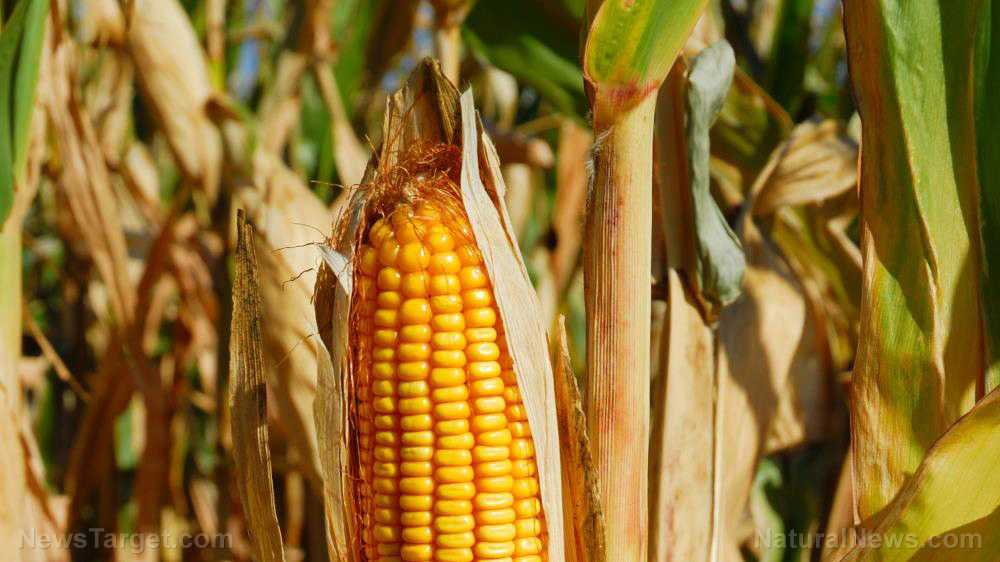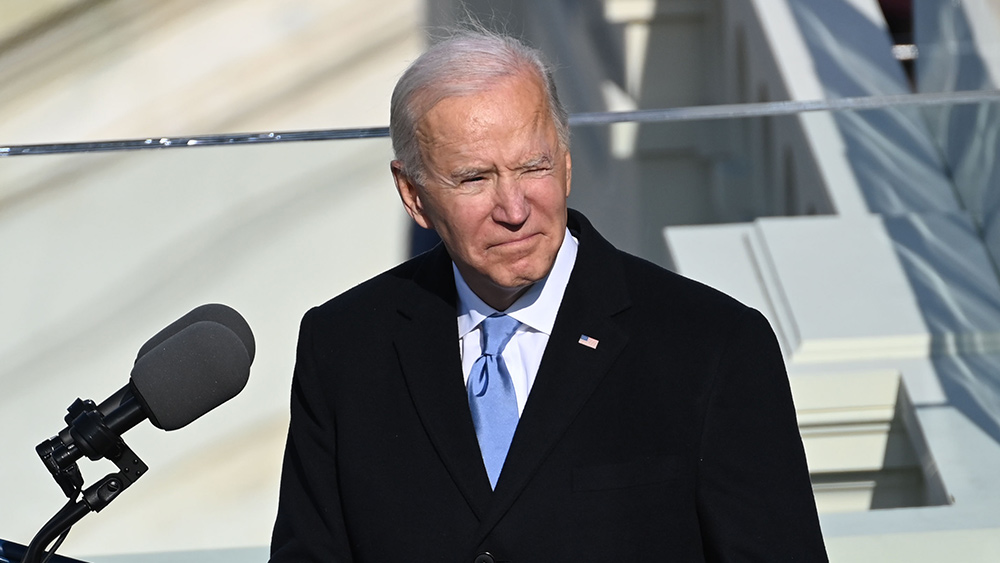 Parler
Parler Gab
Gab
Dwindling U.S. trade dominance is a self-inflicted wound
We are told that it would still take a while for Brazil to substantially threaten U.S. dominance of the Chinese agriculture market, even if more corn shipments occur in 2023. The direction things are going, though, points to a shift in which countries dominate world trade in the coming years. For years, Brazil has been a soybean production powerhouse, holding dominance in that particular commodity. Now, however, it is setting its sights on corn. "Brazil has incredible ag production capacity," said Collin Watters, director of exports and logistics for the Illinois Corn Marketing Board and the Illinois Corn Growers Association. "We'll need to be paying attention to it. It's something that's certainly on our radar." Back in October, Brazil was entering the final stage of planting its first of three corn crops for the calendar year. The second crop, called "safrinha," will take place this month in January. "The highest estimate by Brazil's National Supply Co., which goes by the Portuguese acronym of CONAB, for all planting for 2022-23 is 55 million acres," reported AgriPulse. "That's a 4% increase from 2021, and total production is expected to reach about 5 billion bushels – a 10% increase." "The increase is even more impressive when put in context. Brazilian farmers produced about 3.2 billion bushels of corn a decade ago for the 2013-14 marketing year, meaning the country increased production by 63% over the past 10 years." In the comments, someone pointed out that when the U.S. "stole Russia's money, it killed the dollar," providing further insight into the agriculture shift we are not witnessing take place. "China and Brazil can trade in the BRIC currency and bypass the dollar risk," this person added. Another wrote that the U.S. is not part of BRICS, the SCO, the EAEU, the ASEAN, or Belt and Road, so "just what does the U.S. think is going to happen?" "We are entering a five-year-long Starvation Event due to fertilizer shortages," responded another, offering up an ominous look at the future. "The USA will have all the customers they want." More related news coverage about withering U.S. dominance in world affairs can be found at Collapse.news. Sources for this article include: ZeroHedge.com NaturalNews.com Agri-Pulse.comBiden Center at UPenn Received $54.6M from anonymous Chinese donations
By News Editors // Share
Chinese researchers celebrate study using mosquitoes to administer “vaccines”
By Ethan Huff // Share
Governments continue to obscure COVID-19 vaccine data amid rising concerns over excess deaths
By patricklewis // Share
Tech giant Microsoft backs EXTINCTION with its support of carbon capture programs
By ramontomeydw // Share
Germany to resume arms exports to Israel despite repeated ceasefire violations
By isabelle // Share










